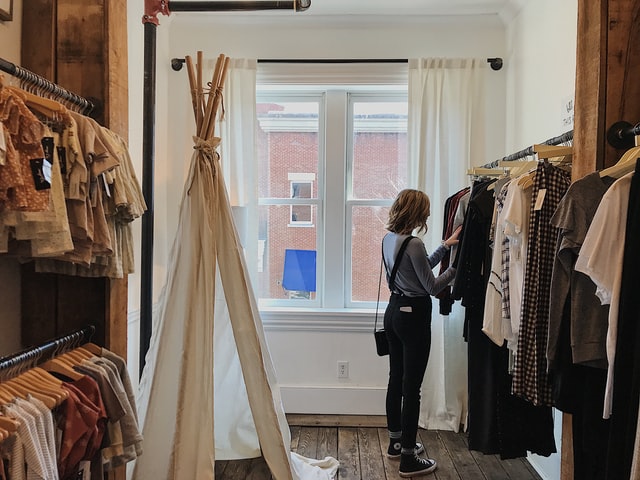Come One, Come All: 7 Trends That Aim To Bring Accessibility and Sustainability to High Fashion

Despite the setbacks it encountered in the face of the COVID-19 pandemic, luxury fashion is back, and it’s here to stay. Major brands such as Dolce and Gabbana, Chanel, and Gucci have returned to the scene with trendsetting designs and up-to-date policies to welcome a wider audience of patrons. As such, experts expect these progressive trends to dominate the industry’s revival.
1. The Return of Haute Couture
The fashion industry is marking its return to normalcy with ample reminders of why haute couture continues to dominate the industry. Balenciaga, for example, took their one-of-a-kind collection to China in 2021, as the country’s fashion scene continues to explode. Representatives for the infamous brand stress that centering these carefully crafted pieces helps equalize the fashion world, allowing couture newbies to feel like exclusive insiders.
2. Destination Fashion Shows
In one of the first post-COVID events, Alta Moda for Dolce and Gabbana shut down St. Mark’s Square in Venice to host its isolation-weary guests. Fashion icons such as Kourtney Kardashian and Sean Combs, along with a slew of celebrity children, helped make the show one to remember. In extravagant fashion, guests arrived via gondola and enjoyed a poetry dinner. Experts anticipate this dramatic intimacy to set the tone for future shows.
3. The Race for NFTs
NFTs, or non-fungible tokens, are one of the newest ways for content creators to make a name for themselves in an increasingly digital world. Both virtual and in-person fashion shows have revealed numerous designers choosing to digitize their creations for greater profit. While some have created NFTs as stand-alone pieces, many brands are turning toward a side-by-side model that allows both a physical design and a digital one not only to coexist but even to share a runway.
4. Going (and Staying) Virtual
Virtual fashion shows rose to fame during the COVID-19 pandemic. While most are happy to return to physical shows, moguls such as Rihanna have capitalized on the simplicity and accessibility of digital fashion. Virtual presentations can include more visual effects and reach a wider audience, making them a popular alternative to exclusive private viewings.
5. Social Media Shops
If you’ve ever been mesmerized by an influencer’s outfit on TikTok or Instagram, you’ll be happy to know that luxury brands are making a move toward social media shopping. These digital stores offer a stress-free shopping experience, allowing consumers to identify and purchase an outfit with a few simple clicks. Like NFTs and virtual shows, social media shops grant greater access to couture and high-end collections that were once available only to a select few.
6. The Secondhand Market Boom
Couture may always be in style, but that doesn’t mean these handmade pieces need only be worn once. Experts claim that most fashion designers will have to take noticeable strides toward reducing mass consumption and improving eco-friendly practices over the next few years. Thanks to popular luxury consignment shops such as Vestiaire Collective and LePrix, it’s easier than ever to sell or purchase a gently used accessory or item of clothing. In addition to being environmentally conscious, consignment shopping will become even more popular as brands strive to make their pieces available to a more diverse audience.
7. Sustainable, Socially-Conscious Fashion
As the move toward consignment demonstrates, going green will become vital to every designer’s success in the coming years. Consumers are increasingly conscious of how their purchases impact the environment on both a local and global scale, and designers will have to appease their audiences by demonstrating sustainable practices. Examples of sought-out environmental policies include using less water, reducing the carbon footprint, and repurposing materials as much as possible.
Rising generations of fashion icons have made it clear that a commitment to accessibility and sustainability will prove necessary for luxury brands looking to maintain relevance and notoriety in the coming decades. While challenging, these new goals promise to loft high-fashion to even greater heights